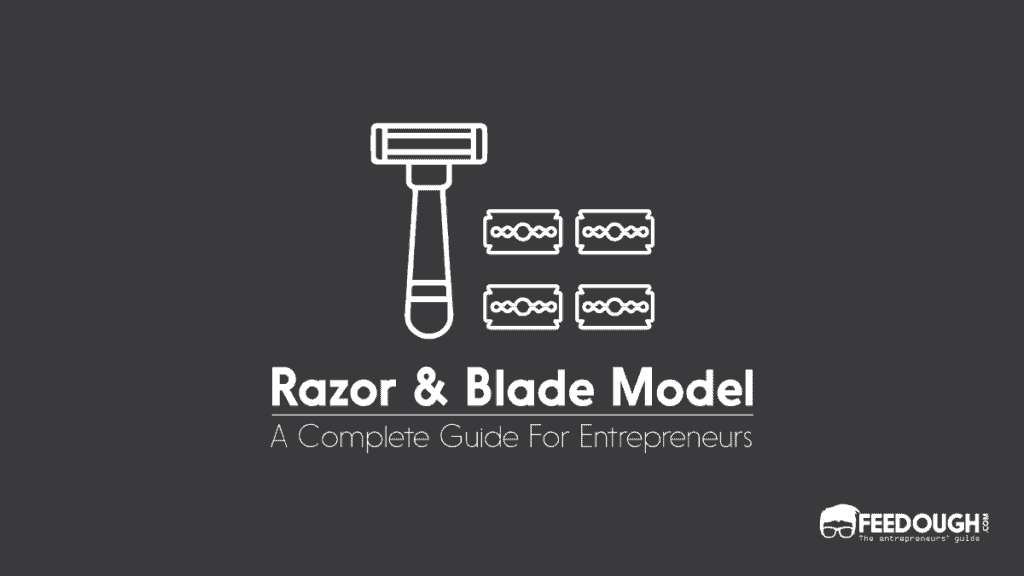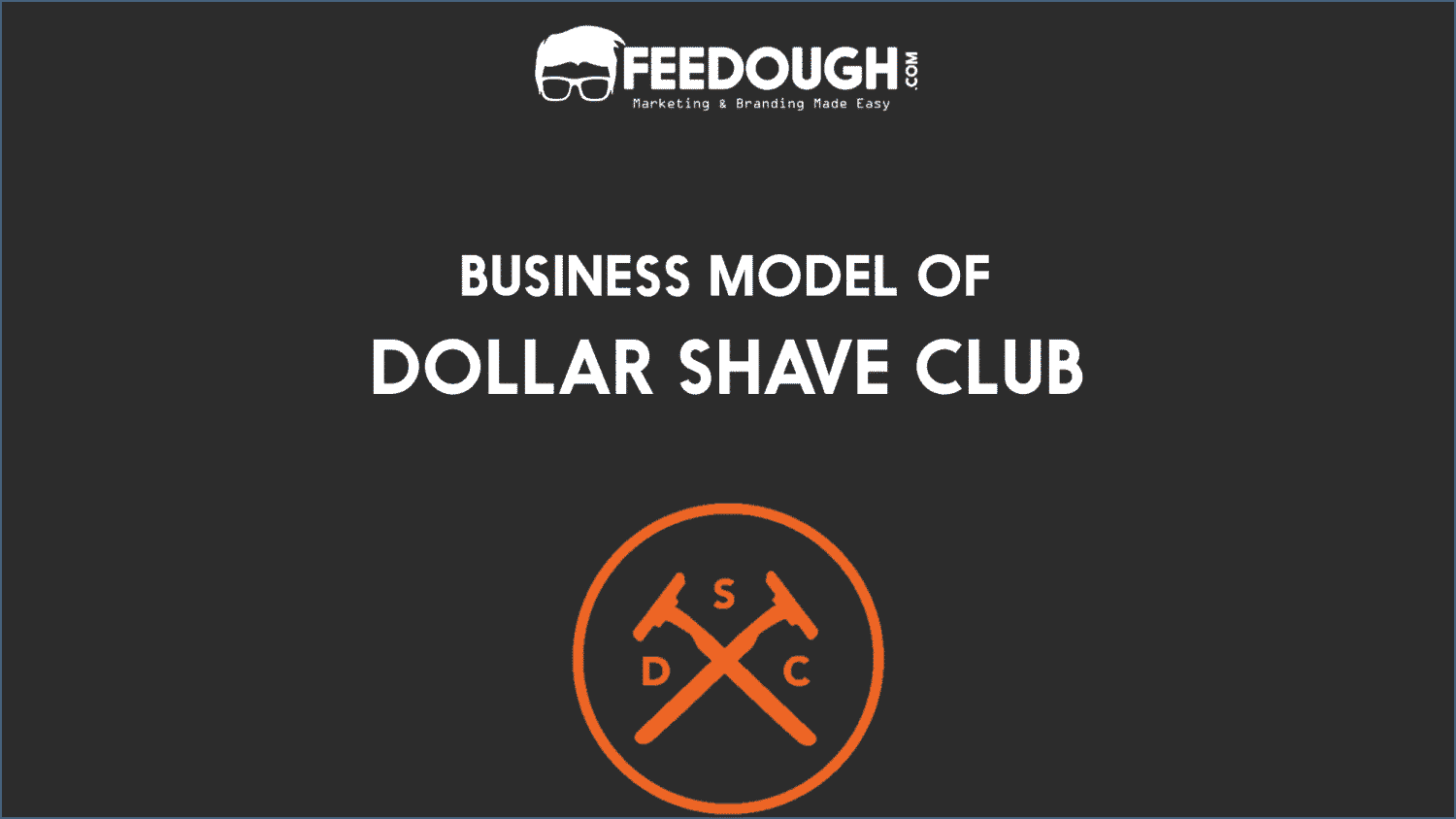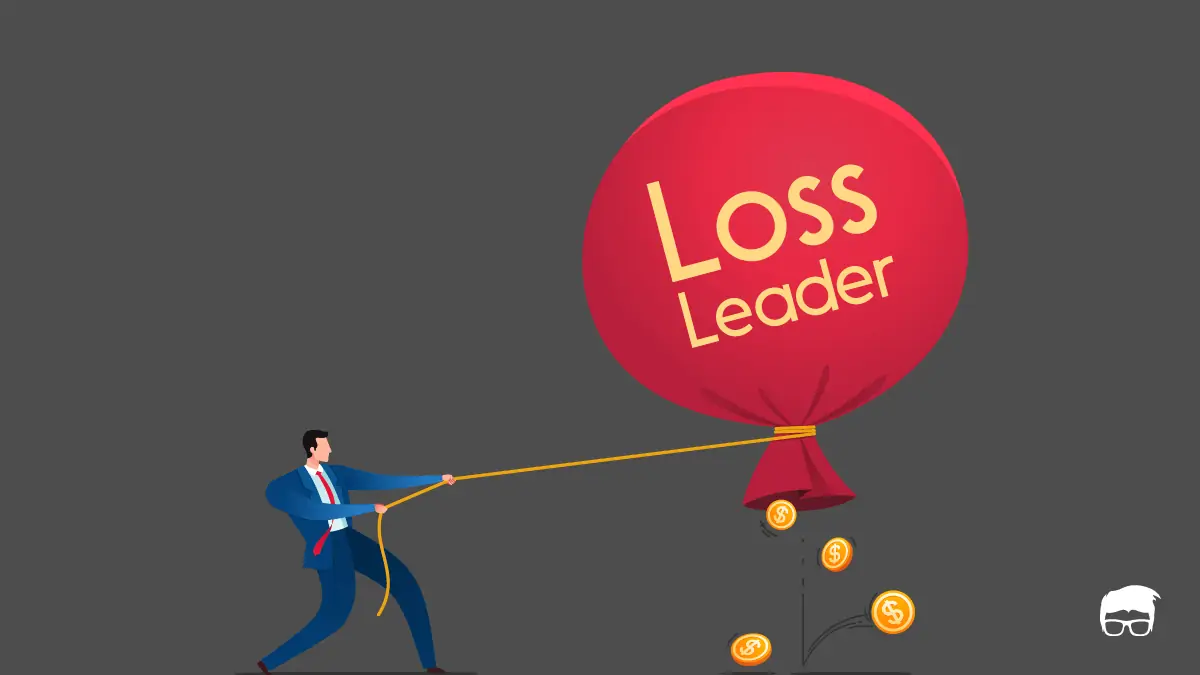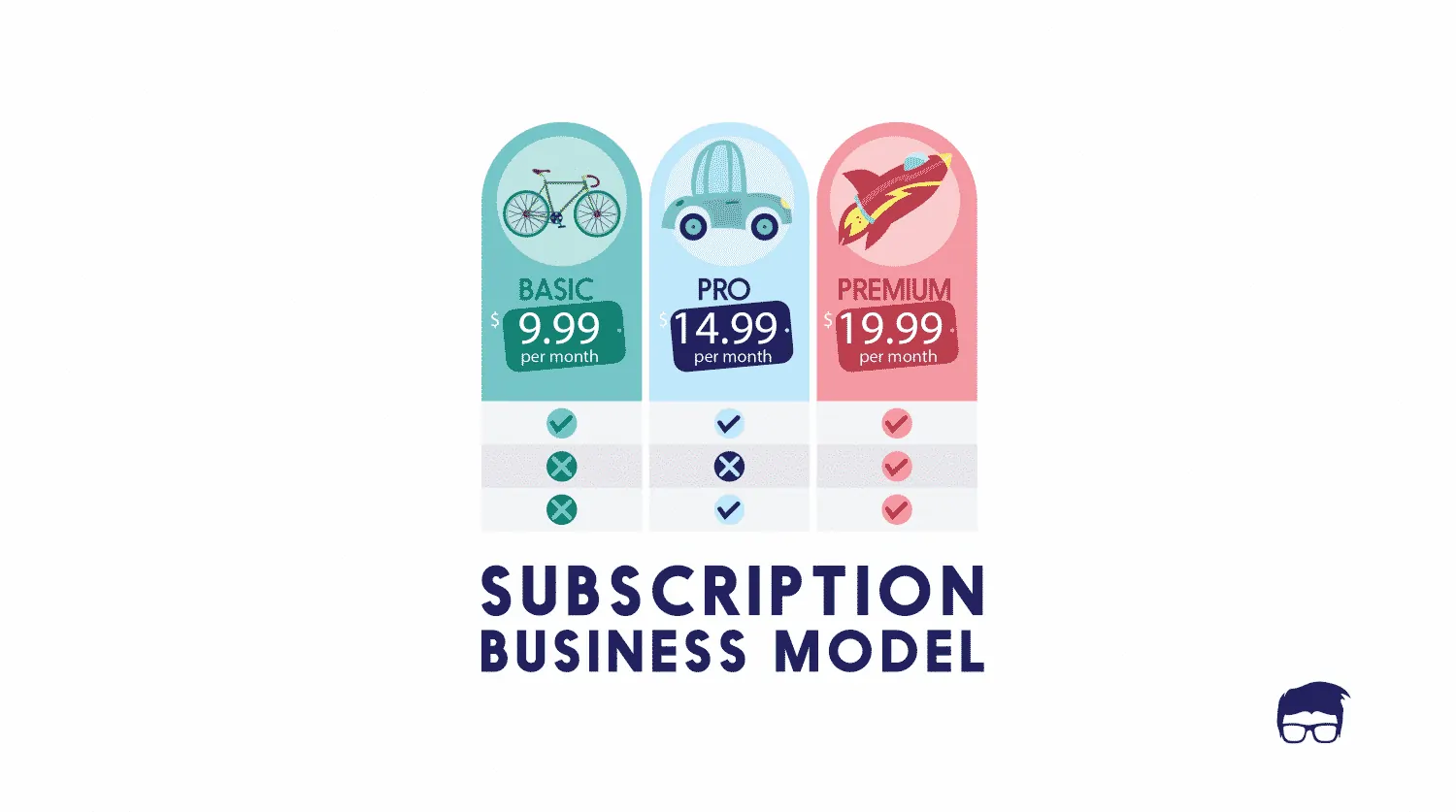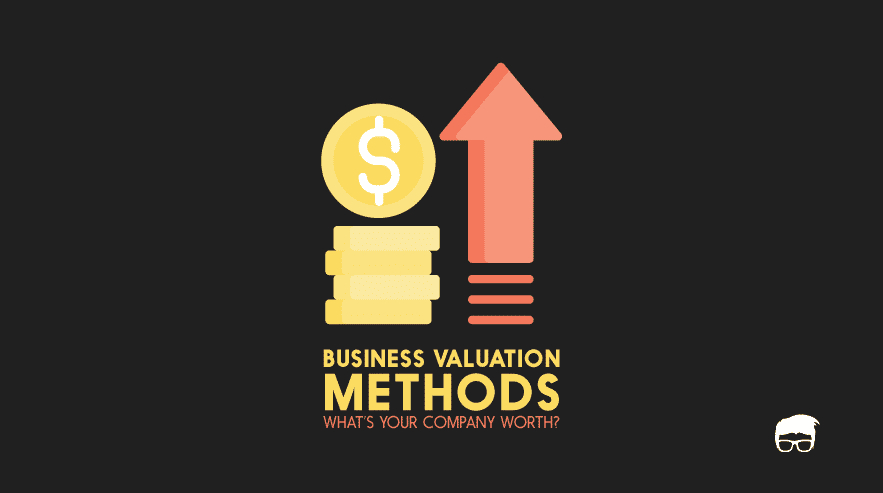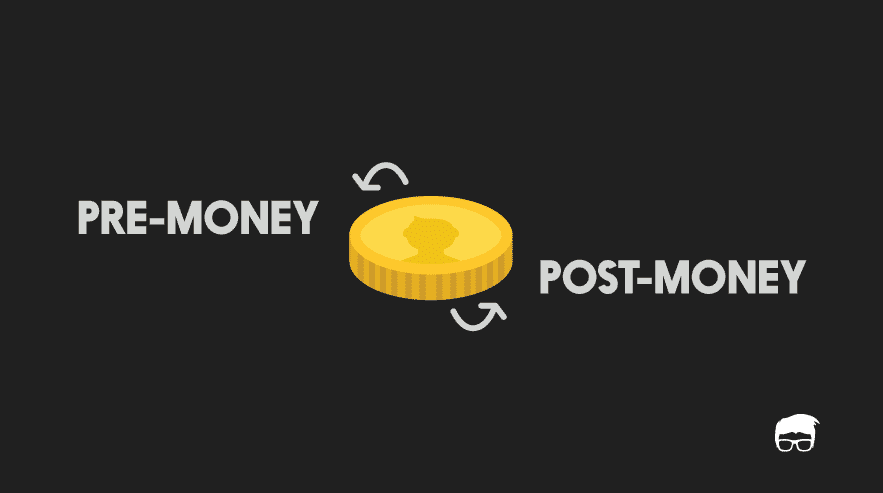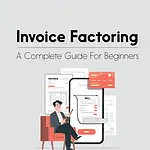Imagine a scenario where you have to buy a new razor every time you need to shave. Not only is this incredibly inconvenient, but it also means that you’ll be spending a lot of money on razors over time. Now imagine a different scenario where you can buy a razor once for a small price and then buy blades separately to use with that razor. Not only is this much more convenient, but you believe it would save you money in the long run.
But contrary to what you think, this second scenario actually costs you more money over time. This is because companies that use the razor and blades business model are designed to make more money off of you in the long run. In this article, we’ll be taking a closer look at the razor and blades business model, how it works, and how companies use it to make more money from you.
What Is Razor And Blades Model?
Razor and blades is a business model where a company sells the durable base product (Razor) at a low-profit margin or even losses and then sells the paired proprietary consumable goods (Blades) at a higher profit margin.
This pricing strategy is used to get customers to buy the initial product and then keep buying the consumables from the same company to keep using the initial product.
The idea is that once a customer has bought into the system, they’re more likely to keep buying from the same company rather than switching to a competitor, as it will involve them repurchasing the base product.
Moreover, it is essential to note that the paired consumable goods (blades) are proprietary to the company and cannot be substituted with a generic good. This is important as it stops customers from switching to a cheaper alternative and keeps them locked into the company’s ecosystem.
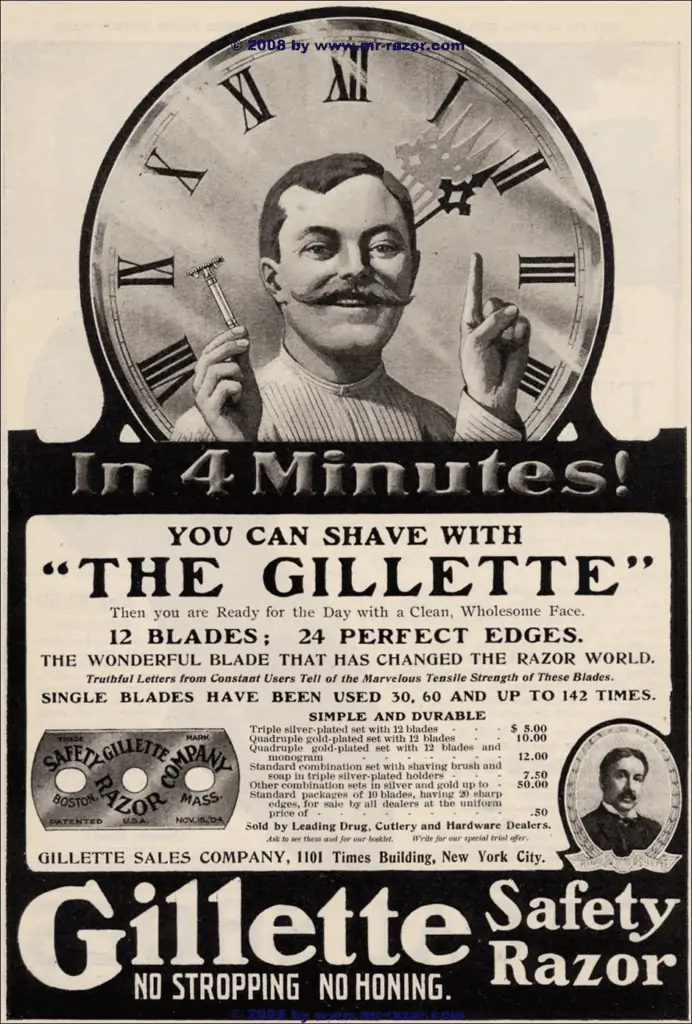
Several large companies use this pricing strategy, including companies dealing in:
- Razor and blades like Gillette
- Playstation and video games by Sony
- Printers and Ink cartridges like HP
- Coffee machines like Nespresso
The History Of The Razor And Blades Model
A century ago, around 1895, King C. Gillette was turning to a frustrated inventor. After years of tinkering, he had failed to find a way to make a decent name for himself.
But one day, while shaving, he realised that the Star razor he was using was so worn it could no longer be sharpened. This gave him an idea. What if he could separate the blade from the handle and sell them as two separate items?
After a few years of development and with the inputs from William Emery Nickerson (who was the genius behind the idea of adding a protective strip to the blade), King C. Gillette finally launched his razor in 1901.
But the company didn’t see success immediately. In the first year, Gillette sold only 51 razors and 168 blades.
Gillette tried different marketing strategies like selling razors to the army at a discount, hoping soldiers’ habits will lead to razors becoming common household items. He also offered razors in bulk to banks, which they provided for free to their customers for every new deposit (“shave and save” campaign). These efforts proved helpful; by 1903, sales reached 91,000 razors, and the company sold more than 12 million blades.

The initial sales were heavily profitable as the razor was sold for $5 per piece and a dozen blades for $1. This was all because of the patent Gillette held. But once the patent expired, Gillette shifted to the razorblade business model we know today – selling razors at a lower price and making up for it with blade sales.
How Does Razor And Blades Model Work For Other Niches
It isn’t just Gillette that has succeeded with the razor and blades business model – many other companies have applied it in various ways and found great results. Here are a few examples of companies that have used the razorblade model successfully:
Playstation
Sony not only develops the Playstation consoles but also creates many of the games that are played on them. This gives them a unique opportunity to apply the razor and blades business model in a way that other companies can’t.
While the Playstation console is sold at a loss, Sony makes up for it by selling games and charging for online services. In fact, the company has been so successful with this model that they’re now the world’s largest video game console manufacturer.
HP Printers
HP is one of the leading printer manufacturers and they use the razor and blades model to sell their products.
The company sells printers at a loss and then makes up for it by selling ink cartridges. In fact, HP’s ink business is so profitable that it accounts for a large portion of the company’s overall revenue.
Nespresso
Nespresso is amongst the most popular coffee machines in the world and it uses the razor and blades model to sell its products.
The company sells coffee machines at cost and then makes up for it by selling coffee pods at recurring premiums. The fact that Nespresso machines warn users if they’re using non-Nespresso pods is a testament to how important it is for the company to lock in customers with its business model.
Razor And Blades vs Freemium Model
The offline “razor and blade model” can be considered the predecessor of the freemium business model, which is now commonly used by startups operating in the online space.
Developing on the razor and blade model, the freemium model offers a basic product or service for free in order to hook users and get them locked in. Once users are invested in the product or service, the company upsells them on premium features or plans offering more value.
The key difference between the two models is that with the razor and blade model, users need to keep buying the blades (or refills) in order to keep using the base product. However, with the freemium model, users can continue using the product for free, even if they don’t upgrade to the paid version.
The main benefit of the freemium model is that it allows companies to acquire a large number of users quickly. And because the users are already invested in the product, they’re more likely to convert to paid customers when presented with the opportunity.
The Reverse Razor Blade Model
Unlike the traditional razor and blade model, the reverse razor blade model is when a company sells the base product (the razor) at a high margin and the consumable product (the blades) at a low margin.
Apple is a prime example of a company that uses the reverse razor blade model. iPhone buyers are willing to pay a high upfront cost for the phone because they know they’ll be able to find exclusive applications like iTunes, the App Store, and Apple Music for their devices. They’re also locked into using Apple’s ecosystem, which means they’ll continue to spend money on Apple products and services in the future.
How To Use Razer And Blades Model In Your Business?
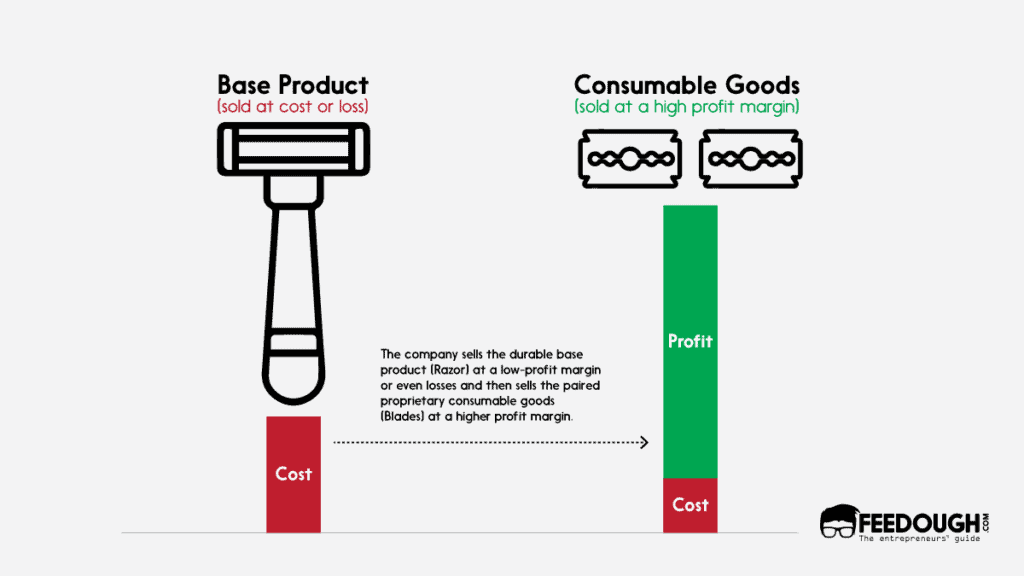
If you’re considering using the razor and blades model in your business, there are a few things to keep in mind.
First, understand that it’s not just a pricing strategy. Razor and blade is an entire ecosystem that you’re creating. This means that you need to have a strong understanding of your target audience and what they’re looking for.
Second, find your base product and dependent product. The model (usual or reverse razor and blade) you’ll use will depend on which product is more essential to your customers.
Use the usual razor and blade business model if your base product is useless without the dependent product. It’s similar to a printer and ink or PlayStation and games.
However, if the dependent product is useless without the base product, use the reverse razor and blade model. An example would be iTunes without iPhone.
Third, you need marketing. The razor and blade model requires an extensive marketing campaign to attract customers and get them to buy your products. You need to give them a reason to buy your product over others.
The Benefits Of Razor And Blades Model
There are several benefits to using the razor and blade business model. Some are
- Recurring profit: Once the customer buys the base product, they need to keep buying the consumable goods, which means recurring profit for the company.
- Loyalty: Customers who use the razor and blade system tend to be more loyal to the company since they’re locked into the system.
- Higher margins: The base product is usually sold at a loss, while the consumables have higher margins. And since customers need to buy the consumables regularly, companies can generate higher profits.
- High customer retention: The razor and blades model also has a high customer retention rate since customers are locked into the system.
- Good upselling and cross-selling opportunities: Since customers are locked into the system, companies have good upselling and cross-selling opportunities. For example, a company selling razors can sell a premium range of blades or other products like shaving cream, aftershave, etc.
The Drawbacks Of Razer And Blades Model
Even though the razor and blades model is a great way to generate recurring revenue, it has some disadvantages, which are as follows:
- The initial investment is high: Companies need to make a high initial investment to implement the razor and blades business model. This is because they must develop the products and set up the distribution channels.
- The system might turn buggy: If the razor and blades business model is not implemented properly, it might turn out to be buggy. For example, if the razor is not of good quality, people will not buy the blades.
- There is a need for constant innovation: To keep the customers engaged, companies must constantly innovate and bring out new products. Otherwise, the customers will get bored and switch to other brands.
Bottom-Line?
Even though centuries old, the razor and blades business model is still relevant today. Companies across various industries use this model to increase their revenues and profits. Forming the base of the new freemium model, this business model has constantly been evolving. And with the ever-changing customer needs, it is sure to keep on evolving in the future as well.
Go On, Tell Us What You Think!
Did we miss something? Come on! Tell us what you think about our article on the razor and blade business model in the comments section.
A startup consultant, digital marketer, traveller, and philomath. Aashish has worked with over 20 startups and successfully helped them ideate, raise money, and succeed. When not working, he can be found hiking, camping, and stargazing.
